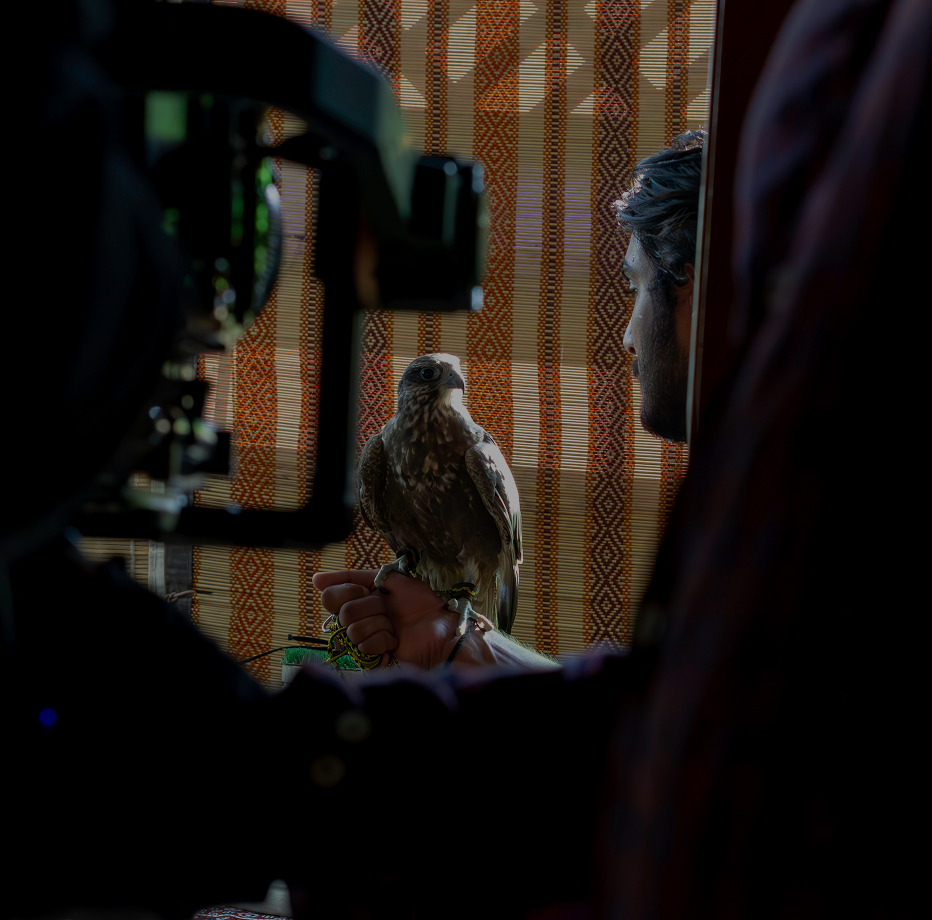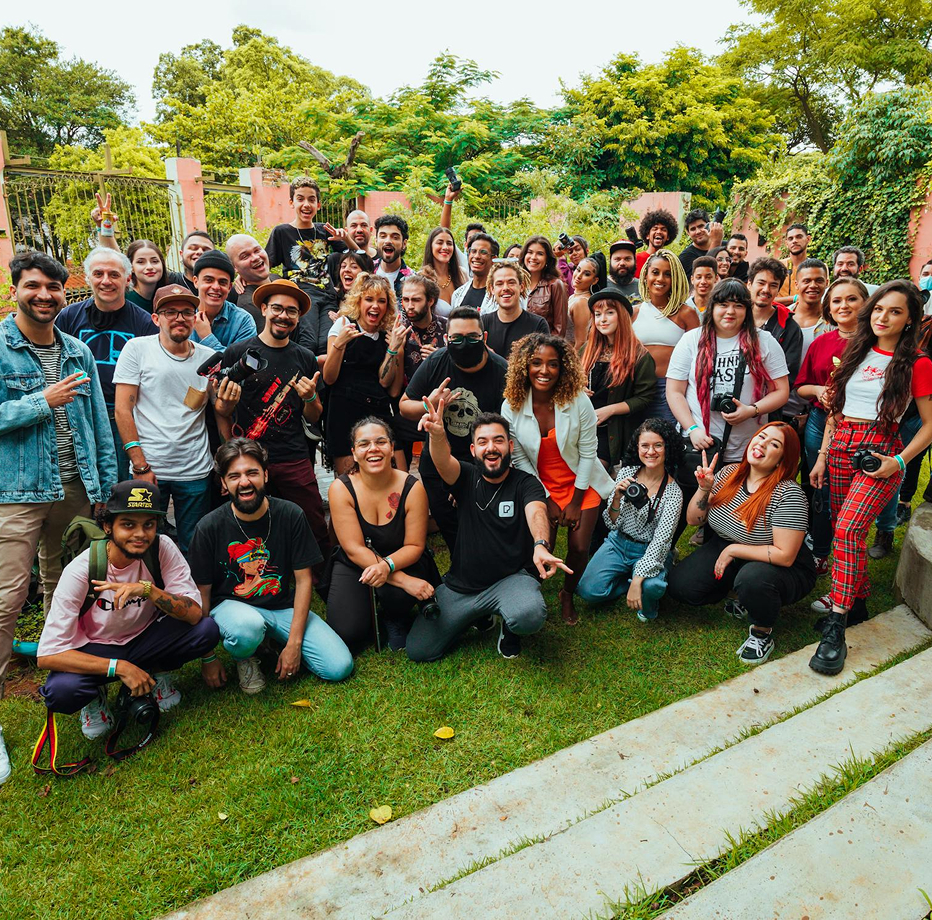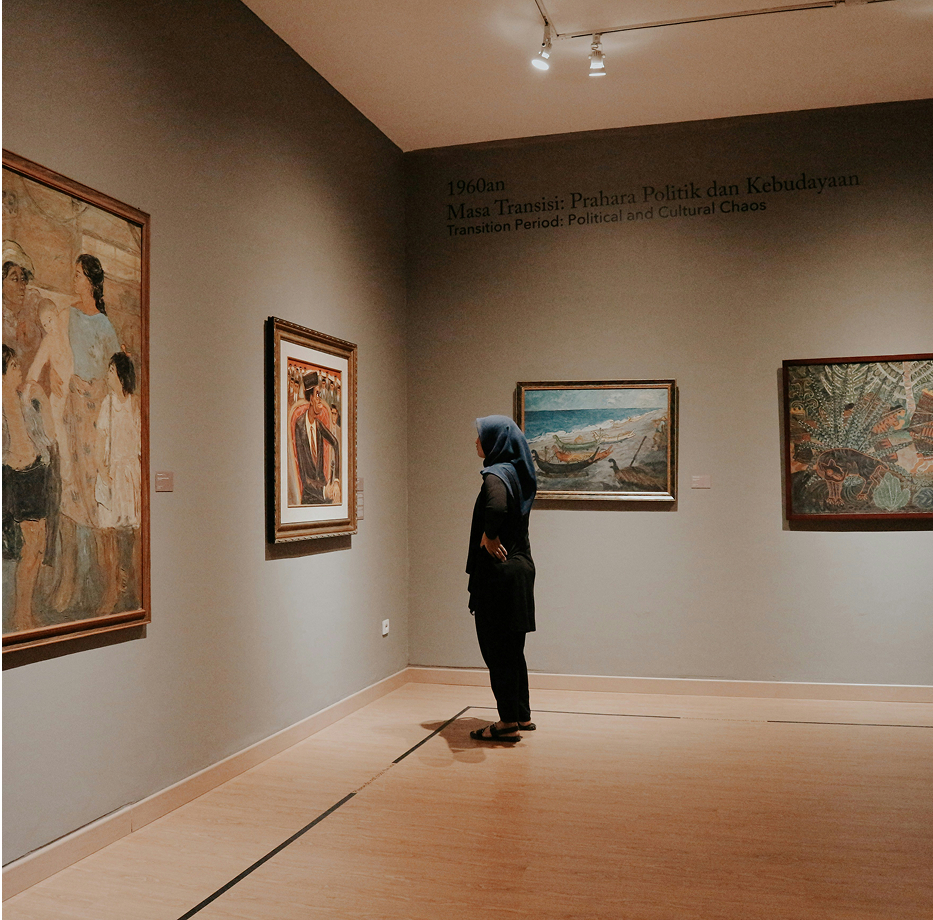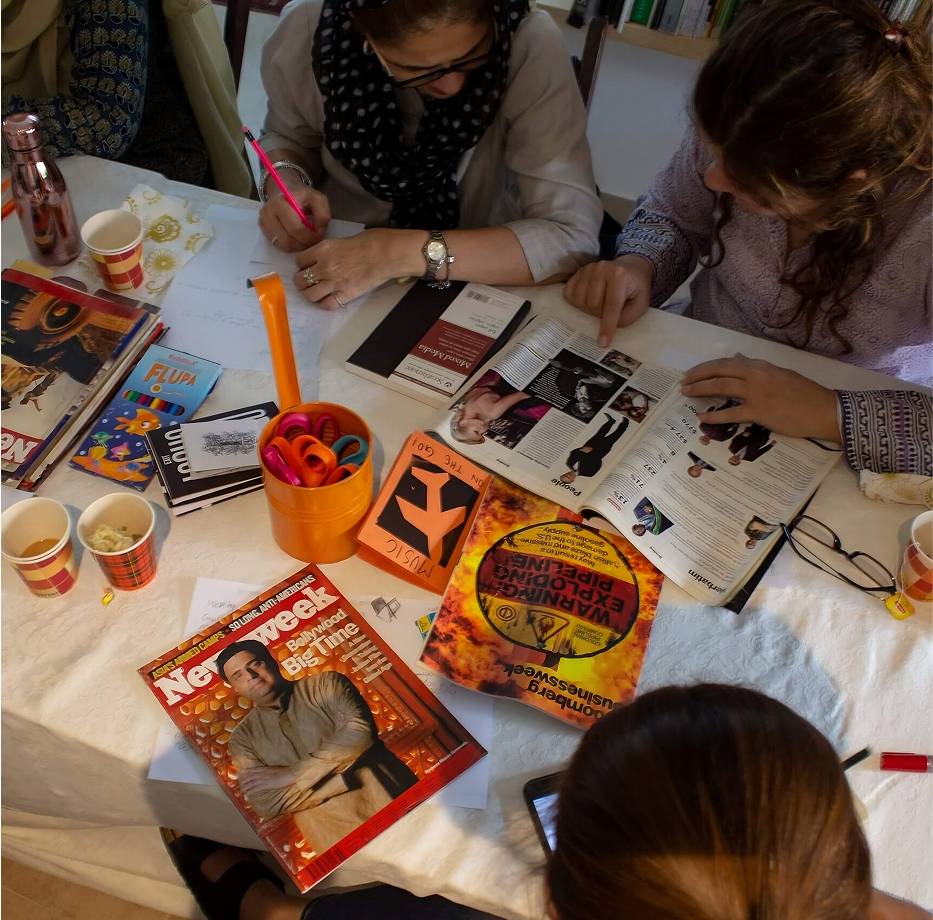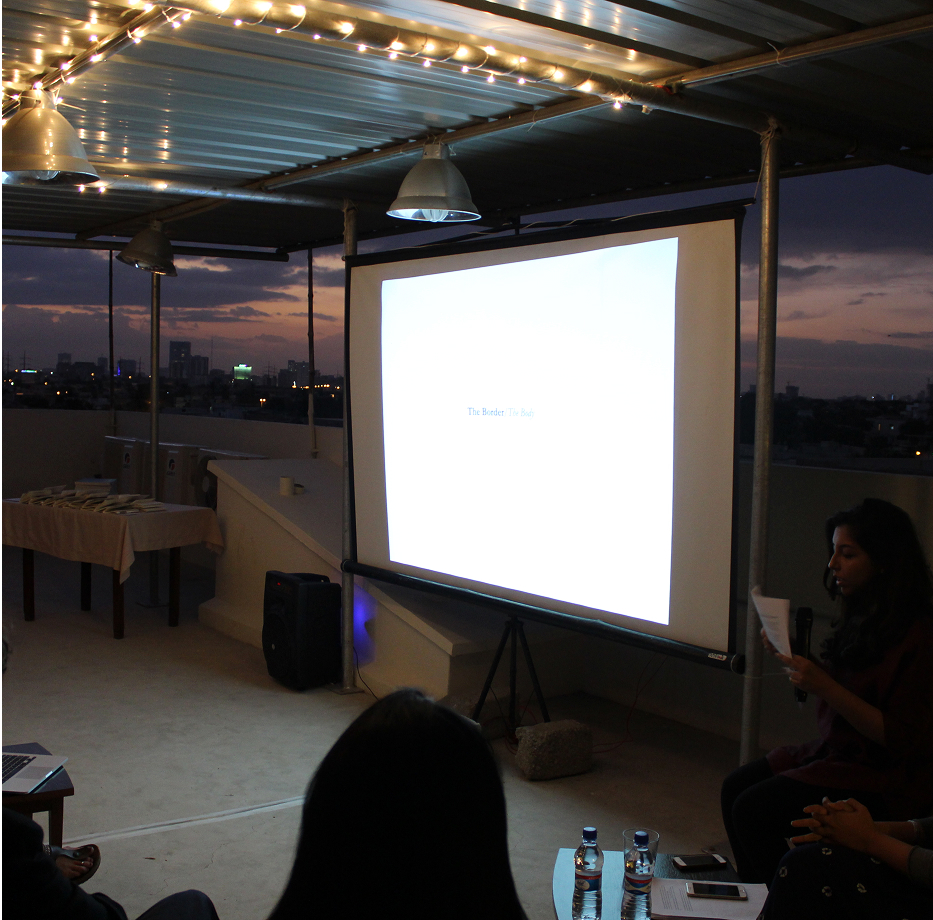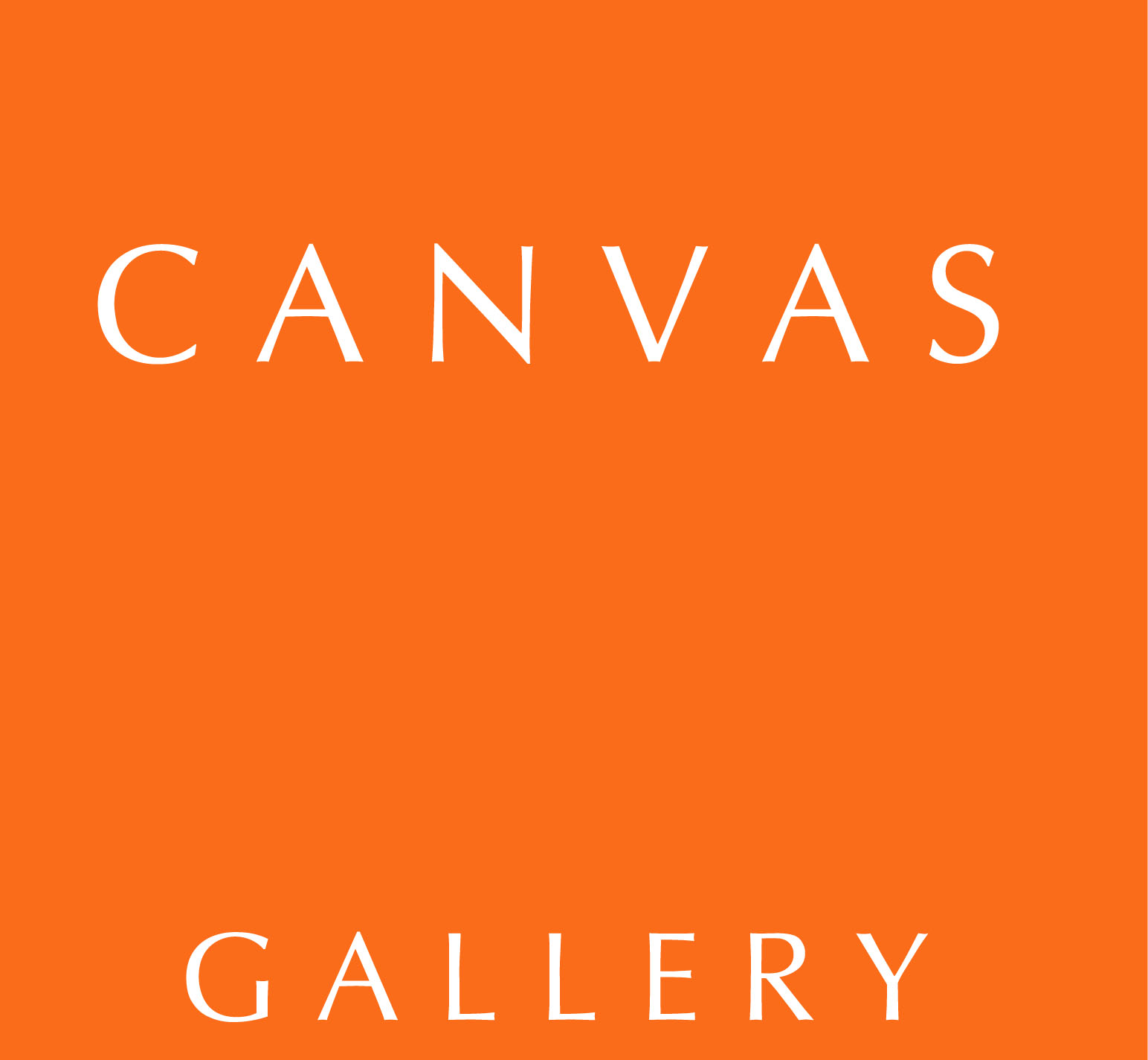Nirala Sheher – The Peculiar City – Taaza Tareen 15
‘Nirala Sheher, The Peculiar City’ is the 15th iteration of Vasl Artists’ Association’s flagship Taaza Tareen Artists’ Residency programme, which began on January 30, 2023. The four artists were selected from over sixty applicants from across Pakistan. The four selected Taaza Tareen artists in residence from Lahore are Faheem Abbas, Mubashar Iqbal, Niamat Nigar & Yaseen Khan. Along with the Art Writer in Residence from Karachi: Zehra Hamdani Mirza.
Taaza Tareen is Vasl’s annual residency programme which was founded in 2005. It was devised as a stepping-stone for fresh graduates from various Pakistani art institutions who are in need of support in order to build their ideas into careers, early in their practice. Taaza Tareen residencies have supported over 80 artists at formative stages of their professional life. Since 2018, one exceptional Taaza Tareen artist is awarded the Vasl-Khurram Kasim Art Foundation (KKAF) Research Grant, selected by a panel of entrenched art professionals.
Four artists and one art writer conducted an aesthetic and emotional survey of Karachi over six weeks. They traversed the city: from Lyari to Saddar, Dhoraji to Manora, meeting its makers, artists, craftspeople, builders, teachers and students, who actively negotiate the city’s enduring transitions. The five artists used these encounters as mechanisms for invention.
The exhibition adventures through Karachi with a wondering appetite, where the city is not just the backdrop but the material and protagonist.
Immersing in the environment, the artists respond to the city’s relentless expansion and movement, its frenetic energy, and the myriad voices that make its unique sound. The multidisciplinary works emerge as sensitive and conceptual reactions to the terrain, traditions, and conditions tied to Karachi: exploring the dual realities of decay and development, migration and home, ecological strain and beauty, and history’s imprint on an ever-changing landscape.
text by art writer in residence, Zehra Hamdani Mirza
